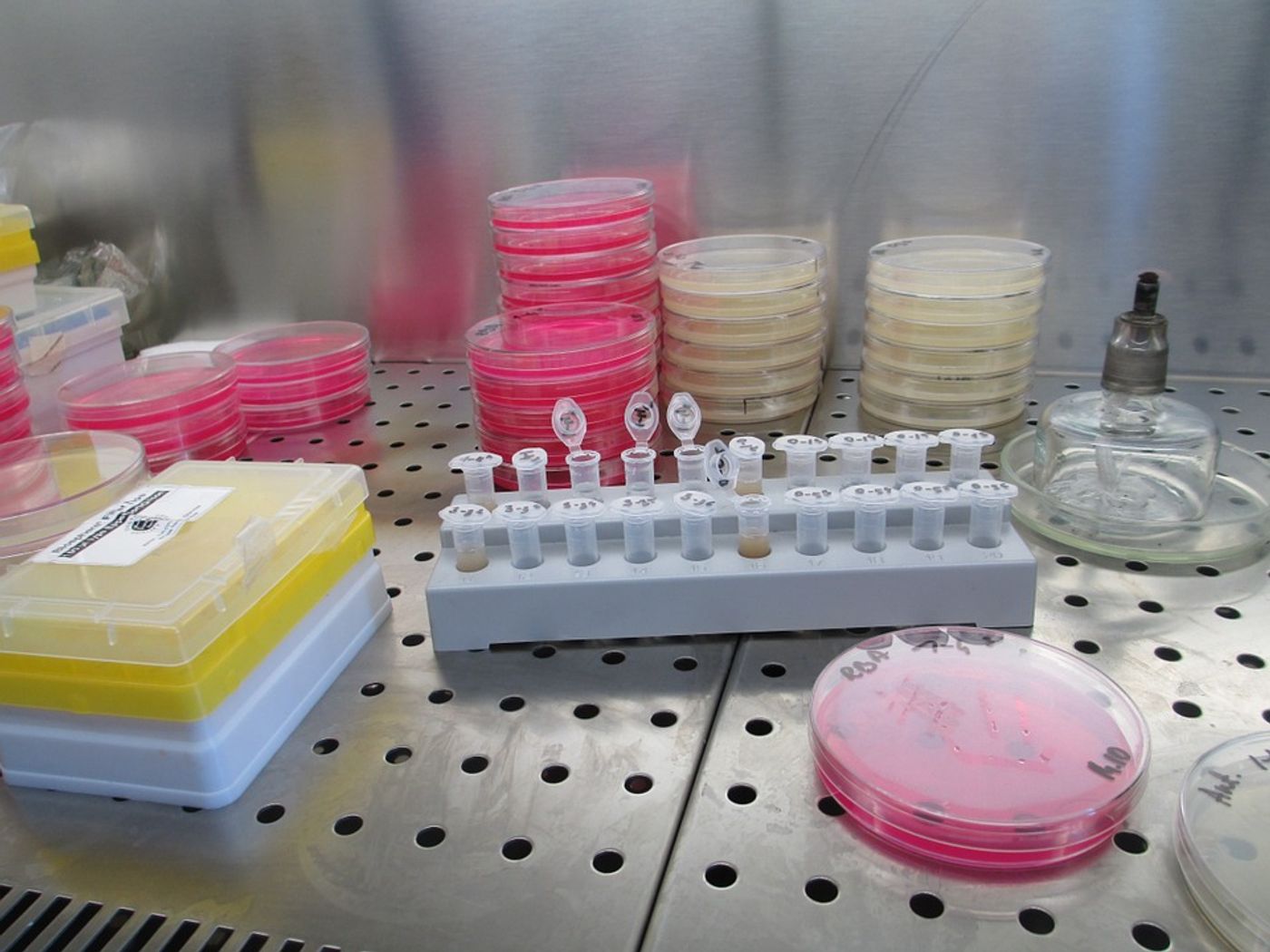New test for high-grade serous ovarian cancer
Research published in Clinical Cancer Research describes a new test that is more effective at diagnosing ovarian cancer. The study was carried out by researchers at the University of British Columbia (UBC) in collaboration with colleagues from the University of New South Wales, Huntsman Cancer Institute, Peter MacCallum Cancer Centre, and Mayo Clinic. With data from over 3,800 ovarian cancer patients, the study is one of the largest ovarian cancer investigations conducted. Clinical Cancer Research is a journal of the American Association for Cancer Research.
"With this new test, we'll be able to give researchers, clinicians and patients more insight into the disease, which could pave the way for more targeted treatment down the road," says senior author Dr. Michael Anglesio, who is an assistant professor in UBC's department of obstetrics and gynecology.
The researchers are calling the test PrOTYPE, which stands for Predictor of high-grade serous Ovarian carcinoma molecular subTYPE. High-grade serous ovarian cancer is both the most common and deadly kind of ovarian cancer.
Lead author Dr. Aline Talhouk, also an assistant professor in UBC's department of obstetrics and gynecology, commented: "Right now, high-grade serous ovarian cancer patients are all treated the same, but by knowing what subtype their tumor falls into, we can begin to explore how certain treatments may prove more beneficial for individual patients."
Conventional methods of gene expression analysis testing for high-grade serous ovarian cancer are simply not realistic in clinical settings, say the researchers. PrOTYPE should address previous tests’ shortcomings while providing 95% accuracy in the identification of tumor subtypes, information that could be used to develop more effective treatments for high-grade serous ovarian cancer.
"This test has opened up new opportunities and treatment avenues to explore. It will be important to re-evaluate treatment options and test new targets for therapeutics in light of this new ability," says Talhouk.
Sources: Clinical Cancer Research, Eureka Alert









